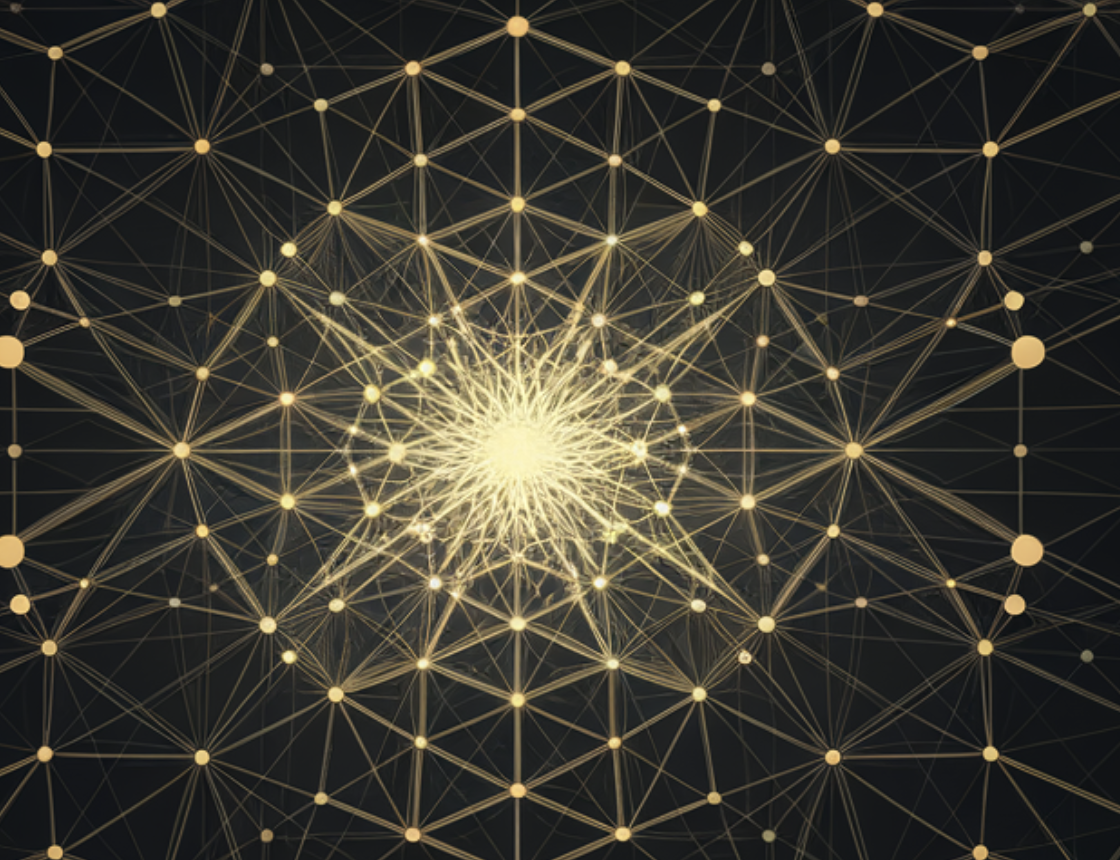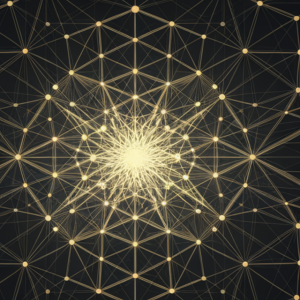

Data visualization is a powerful technique that transforms complex data into easily understandable visual representations. Let us explore how data visualization can help with graphs. Applying data visualization to graphs allows us to examine intricate relationships between entities, identify patterns, and uncover insights that might be hidden within the data. By visually mapping nodes and edges, graph visualization tools enable us to understand the structure and dynamics of networks, hierarchies, and other complex data structures.
Graph visualization tools typically take graph data as input, often represented in a specific format like GraphML, GEXF, or a database-specific format. The tool then processes this data to generate visual representations, such as node-link diagrams, force-directed layouts, or hierarchical trees. These interactive visualizations allow users to zoom, pan, and filter the data to explore specific areas of interest.
Effective graph visualization is crucial for various fields, including social network analysis, bioinformatics, cybersecurity, and software engineering. By providing a visual understanding of complex relationships, these tools help analysts and researchers make informed decisions, identify anomalies, and gain deeper insights into their data.
Top 7 Best Graph Database Visualization Tools
Neo4j Browser is the official visualization tool for Neo4j, a popular graph database. It offers a user-friendly interface for querying and visualizing graph data. With its powerful Cypher query language, you can easily explore complex relationships and create stunning visualizations. It provides real-time updates, and collaboration features, and supports a wide range of visualization techniques, making it a powerful tool for both developers and analysts.
- Strengths:
- Seamless integration with Neo4j
- Powerful Cypher query language
- Interactive visualizations
- Customizable layouts and styles
- Real-time updates and collaboration features
Gephi is an open-source graph visualization software that provides a wide range of features for data exploration, analysis, and visualization. It offers a flexible and customizable interface, allowing users to create stunning and informative visualizations. It supports various data formats, offers a variety of layout algorithms, and provides tools for filtering, clustering, and statistical analysis.
- Strengths:
- Open-source and free
- Highly customizable
- Powerful data exploration tools
- Variety of layout algorithms
- Support for large-scale networks
Graphviz is popular open-source graph visualization software that describes graphs using a simple text-based language. It can generate a variety of graph formats, including PNG, SVG, and PDF. Graphviz is particularly useful for creating static visualizations of complex network structures. It supports a wide range of graph layout algorithms, including hierarchical, radial, and force-directed layouts.
- Strengths:
- Simple and intuitive syntax
- Wide range of output formats
- Customizable layouts and styles
- Efficient rendering of large graphs
- Supports a variety of graph layout algorithms
D3.js is a JavaScript library for manipulating documents based on data. It provides a powerful and flexible toolkit for creating custom and interactive visualizations. While it requires more technical expertise than other tools, D3.js offers unparalleled control over the visualization process. It can be used to create a wide range of visualizations, from simple charts to complex network diagrams.
- Strengths:
- Highly customizable
- Powerful data manipulation capabilities
- Interactive visualizations
- Suitable for complex and innovative visualizations
- Large and active community
NetworkX is a Python package for creating, manipulating, and studying the structure, dynamics, and functions of complex networks. While it’s primarily a library for network analysis, it can be used to generate visualizations using libraries like Matplotlib or Plotly. It offers a wide range of algorithms for network analysis, including centrality measures, community detection, and pathfinding.
- Strengths:
- Powerful network analysis capabilities
- Integration with the Python ecosystem
- Customizable visualizations
- Suitable for large-scale network analysis
- Wide range of algorithms for network analysis
Vis.js is a versatile JavaScript library that enables the creation of interactive visualizations for web applications. It offers a range of visualization techniques, including networks, timelines, graphs, and maps. With its user-friendly API and efficient performance, Vis.js is ideal for handling large datasets and creating dynamic, visually appealing representations of complex information. Its customization options allow for tailoring visualizations to specific needs, and its interactive features enhance user engagement and exploration. Whether visualizing social networks, biological data, financial data, or geographical information, Vis.js provides a powerful tool for data analysis and storytelling.
- Strengths:
- Easy-to-use API for creating interactive visualizations
- Supports various visualization techniques, including networks, timelines, and maps
- Customizable appearance and behavior of visualizations
7. Cytoscape.js:
Cytoscape.js is a versatile JavaScript library for visualizing and analyzing graph-structured data. It provides a flexible framework for creating interactive and customizable network visualizations. By supporting various node and edge styles, layout algorithms, and event handling, Cytoscape.js enables users to explore complex relationships and gain insights from their data. It’s widely used in fields like biology, social sciences, and computer science to visualize protein-protein interaction networks, social networks, knowledge graphs, and more.
- Strengths:
- Highly customizable and flexible framework for creating interactive visualizations
- Supports a wide range of graph layout algorithms and visualization styles
- Suitable for large-scale network analysis and biological networks
Conclusion
Graph visualization tools are essential for understanding and analyzing complex relationships within data. By providing visual representations of networks, hierarchies, and other structures, these tools enable us to uncover patterns, identify anomalies, and make informed decisions. The choice of tool depends on various factors, including the complexity of the data, the desired level of customization, and the technical expertise of the user.
Also, don’t forget to follow us on Twitter and join our Telegram Channel and LinkedIn Group. If you like our work, you will love our newsletter.. Don’t Forget to join our 55k+ ML SubReddit.
[FREE AI WEBINAR] Implementing Intelligent Document Processing with GenAI in Financial Services and Real Estate Transactions– From Framework to Production
The post Top 7 Graph Database Visualization Tools appeared first on MarkTechPost.